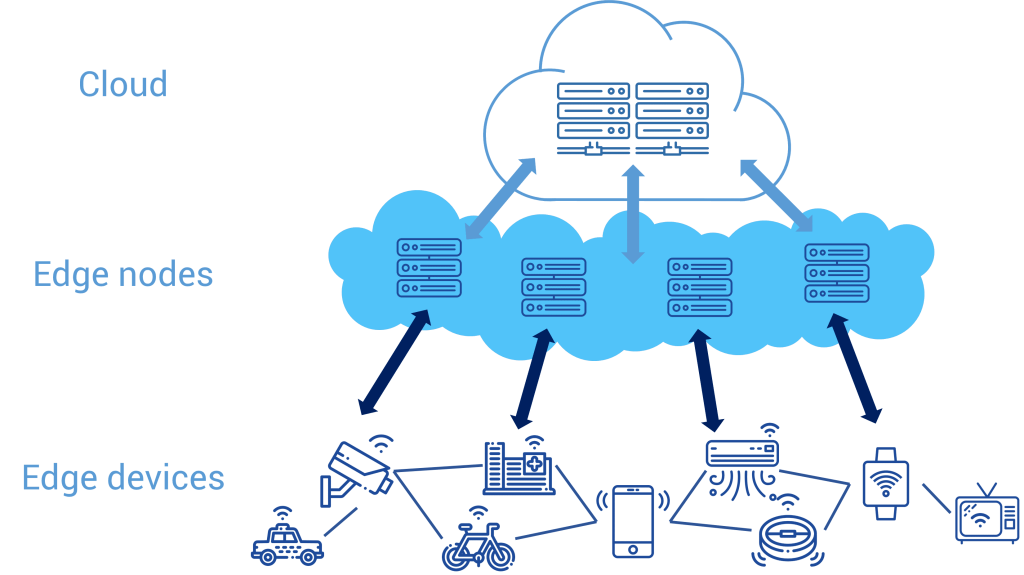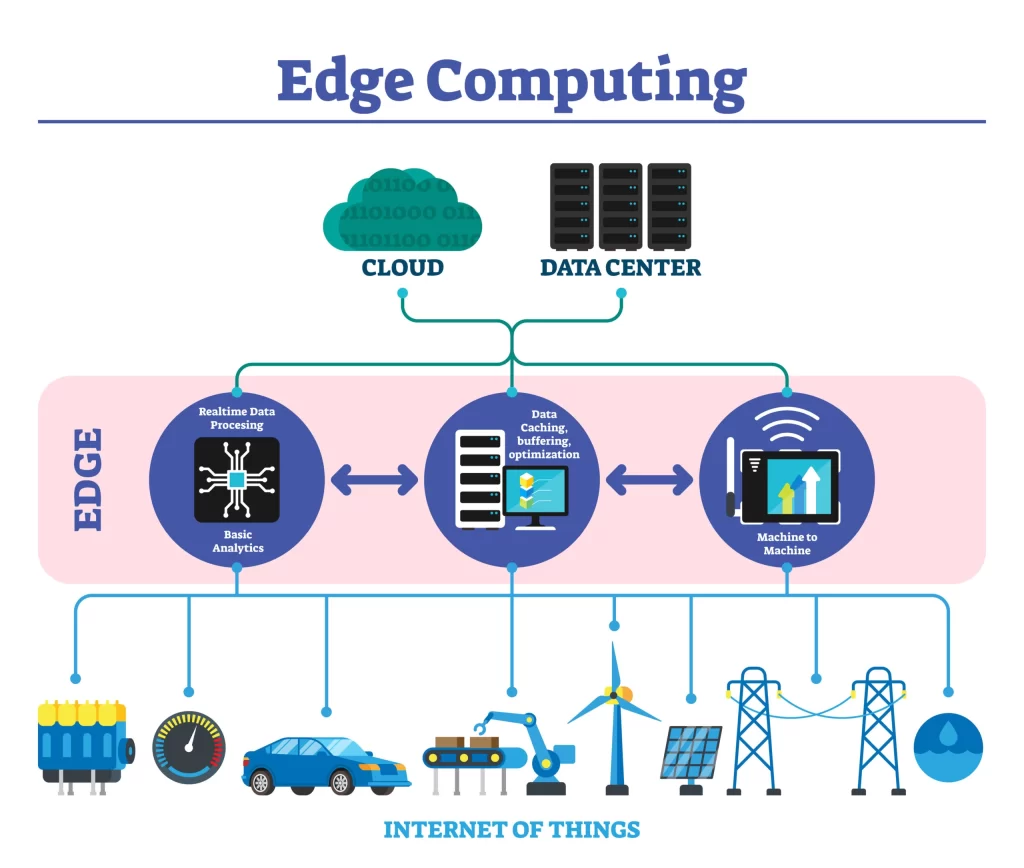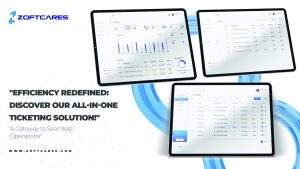Edge computing is a distributed IT architecture which moves computing resources from clouds and data centers as close as possible to the originating source. The main goal of edge computing is to reduce latency requirements while processing data and saving network costs.
The edge can be the router, ISP, routing switches, integrated access devices (IADs), multiplexers, etc. The most significant thing about this network edge is that it should be geographically close to the device.
How Does Edge Computing Work
In a traditional setting, data is produced on a user’s computer or any other client application. It is then moved to the server through channels like the internet, intranet, LAN, etc., where the data is stored and worked upon. This remains a classic and proven approach to client-server computing.
However, the exponential growth in the volume of data produced and the number of devices connected to the internet has made it difficult for traditional data center infrastructures to accommodate them. According to a study by Gartner, 75 percent of enterprise generated data will be created outside of centralized data centers by 2025. This amount of data puts an incredible strain on the internet, which in turn causes congestion and disruption.
The concept of edge computing is simple – instead of getting the data close to the data center, the data center is brought close to the data. The storage and computing resources from the data center are deployed as close as possible (ideally in the same location) to where the data is generated.
- Early computing
- Applications run only on one isolated computer
- Personal computing
- Applications run locally either on the user’s device on in a data center
- Cloud computing
- Applications run in data centers and processed via the cloud
- Edge computing
- Applications run close to the user; either on the user’s device or on the network edge
Benefits of Edge Computing

Latency refers to the time required to transfer data between two points on a network. Large physical distances between these two points coupled with network congestion can cause delays. As edge computing brings the points closer to each other, latency issues are virtually nonexistent.
2. Saves Bandwidth
Bandwidth refers to the rate at which data is transferred on a network. As all networks have a limited bandwidth, the volume of data that can be transferred and the number of devices that can process this is limited as well. By deploying the data servers at the points where data is generated, edge computing allows many devices to operate over a much smaller and more efficient bandwidth.
3. Reduces Congestion
Although the Internet has evolved over the years, the volume of data being produced everyday across billions of devices can cause high levels of congestion. In edge computing, there is a local storage and local servers can perform essential edge analytics in the event of a network outage.
Drawbacks of Edge Computing
1. Implementation Costs
The costs of implementing an edge infrastructure in an organization can be both complex and expensive. It requires a clear scope and purpose before deployment as well as additional equipment and resources to function.
2. Incomplete Data
Edge computing can only process partial sets of information which should be clearly defined during implementation. Due to this, companies may end up losing valuable data and information.
3. Security
Since edge computing is a distributed system, ensuring adequate security can be challenging. There are risks involved in processing data outside the edge of the network. The addition of new IoT devices can also increase the opportunity for the attackers to infiltrate the device.
Examples and Use Cases
One of the best ways to implement edge computing is in smart home devices. In smart homes, a number of IoT devices collect data from around the house. The data is then sent to a remote server where it is stored and processed. This architecture can cause a number of problems in the event of a network outage. Edge computing can bring the data storage and processing centers close to the smart home and reduce backhaul costs and latency.
Another use case of edge computing is in the cloud gaming industry. Cloud gaming companies are looking to deploy their servers as close to the gamers as possible. This will reduce lags and provide a fully immersive gaming experience.






